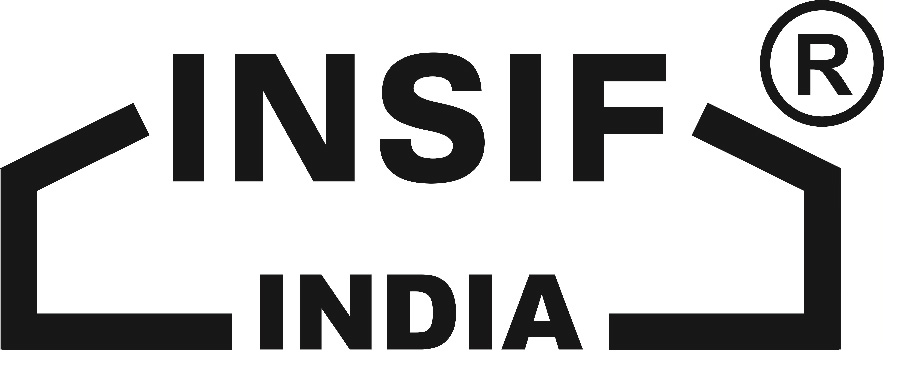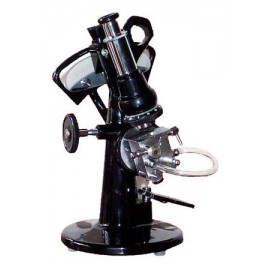Abbe's Refractometer
- Agriculture & Farming Lab
- Biology
- Chemistry
- Civil & Survey
- HEATING INSTRUMENTS
- Laboratory Equipments
- Laboratory Glassware
- Laboratory Plasticware
- Laboratory Plasticware
- Mathematics Kit
-
Mechanical Lab
- Actual Cut Section Working Models
- Applied Mechanics
- Different Type of Clutches of Automobile
- Different Types of Boilers
- Different Types of Boilers
- Different Types of Boilers
- Electrical Equipment Boards of Automobile
- Engine Test Rigs
- Fluid Mechanics Lab
- Heat Transfer Lab
- Hydraulics Machine Lab
- Refrigeration & Air Conditioning Lab
- Theory Of Machine Lab
- Tool Dynamometers
- Microscope
- Pankaj Test
- Pharmacy Lab Equipment's
-
Physics
- Balances
- Bi-prism and Nodal Slides
- Bridges
- Bsc Lab Experiments
- Cells , Battery & Keys
- Electronic Model
-
Experiments Of Electronics
- ADVANCE COMMUNICATION LAB
- AMPLIFIER TRAINER
- Basic Communication Lab
- Characteristics Trainer Kits
- Control Lab Trainers
- Digital Lab Trainer Kits
- E/M Trainers
- INSTRUMENTATION LAB TRAINER
- MICROCONTROLLER LAB
- Microwave Lab Trainers
- MULTIVIBRATOR TRAINERS IC-555
- Network Theorem Trainers
- Operational Amplifier Trainers
- OSCILLATOR TRAINERS
- Oscilloscopes CRO's & Function Generators
- PCB Lab Equipment's
- Physics & Material Science Lab
- Experiments Of Heat
- Experiments Of Light
- Experiments Of Matter
- Experiments Of Sound
- Galvanometers
- Heat
- Laser Experiments
- Lenses, Mirror, Prism,And Magnet
- Liquid
- Measurement Tools & Equipment’s
- Michelson Interferometer
- Models
- Msc Lab Experiments
- Multimeters
- Optics
- Physics & Material Science Lab Experiments
- Physics based Project
- Polaroide
- Potentiometer Meter Bridge Inclined
- Power Supplies
- Resistance Box ,P.O. Box,Inductance box & Capacitance Box
- SCIENCE ACTIVITY KITS
- Sound
- Telescope
- Thermometer Stop Watch
- Travelling Microscopes
- Ultrasonic Interferometer
- WEIGHT & WIRES
- Wind Mill And Engine Model
- Welding Machine
Your enquiry cart is empty!
Product Description
- To find refractive index of the given liquid samples.
- To study the variation of refractive index with (a) temperature of the liquid sample.
- To determine the polarisability of the given liquid samples at a given temperature.
(b) wavelength of the light source.
The Abbe instrument is the most convenient and widely used refractometer, Fig(1) shows a schematic diagram of its optical system. The sample is contained as a thin layer (~0.1mm) between two prisms. The upper prism is firmly mounted on a bearing that allows its rotation by means of the side arm shown in dotted lines. The lower prism is hinged to the upper to permit separation for cleaning and for introduction of the sample. The lower prism face is rough-ground: when light is reflected into the prism, this surface effectively becomes the source for an infinite number of rays that pass through the sample at all angels. The radiation is refracted at the interface of the sample and the smooth-ground face of the upper prism. After this it passes into the fixed telescope. Two Amici prisms that can be rotated with respect to another serve to collect the divergent critical angle rays of different colors into a single white beam, that corresponds in path to that of the sodium D ray. The eyepiece of the telescope is provided with crosshairs: in making a measurement, the prism angle is changed until the light-dark interface just coincides with the crosshairs. The position of the prism is then established from the fixed scale (which is normally graduates in units of nD). Thermosetting is accomplished by circulation of water through the jackets surrounding the prism.
The Abbe refractometer is very popular and owes its popularity to its convenience, its wide range (nD = 1.3 to 1.7), and to the minimal sample is needed. The accuracy of the instrument is about ±0.0002; its precision is half this figure. The most serious error in the Abbe instrument is caused by the fact that the nearly glazing rays are cut off by the arrangement of to prisms; the boundary is thus less sharp than is desirable.
A precision Abbe refractometer, that diminishes the uncertainties of the ordinary instrument by a factor of about three, is also available; the improvement in accuracy is obtained by replacing the compensator with a monochromatic source and by using larger and more precise prism mounts. The former provides a much sharper critical boundary, and the latter allows a more accurate determination of the prism position.


